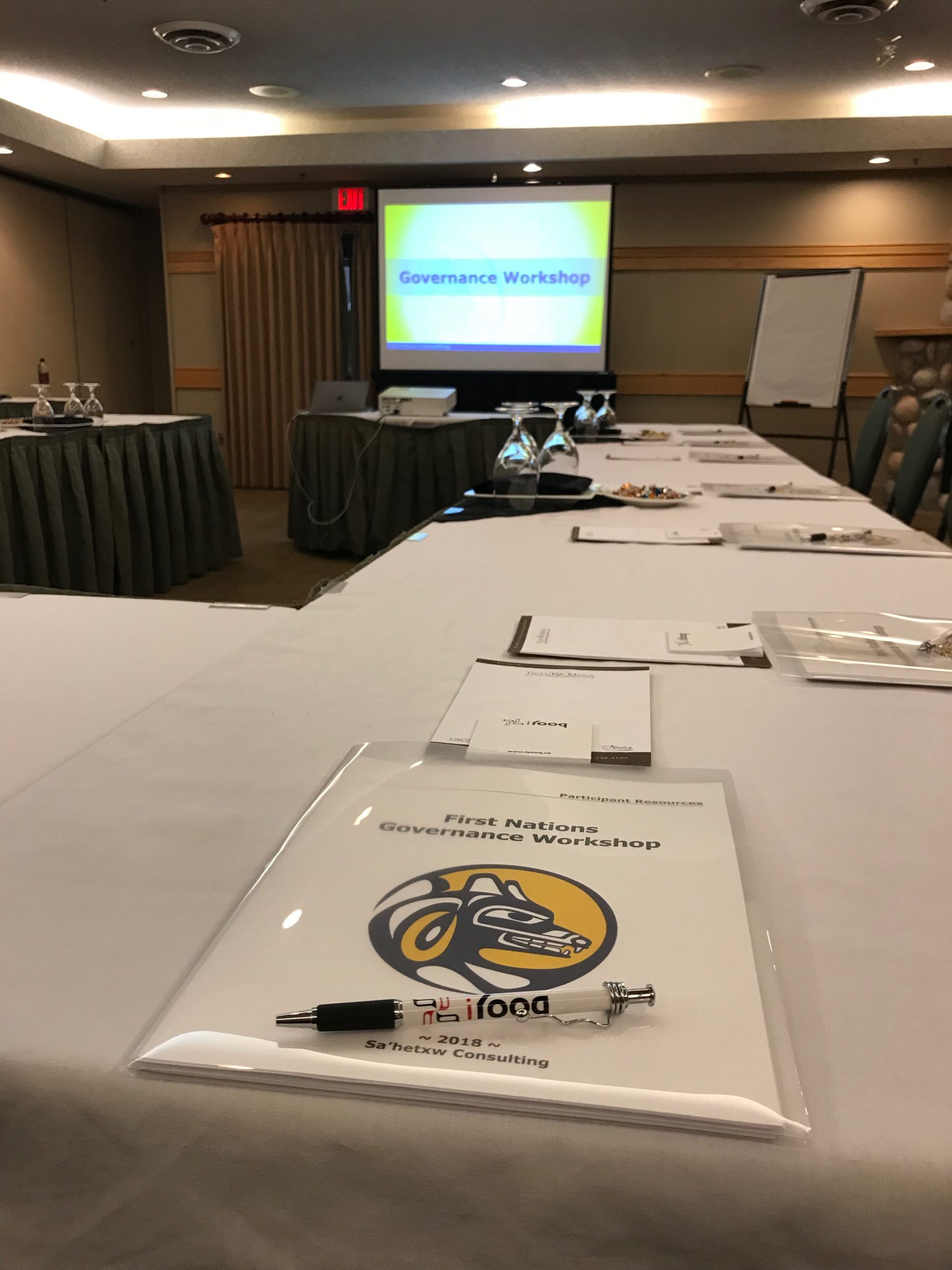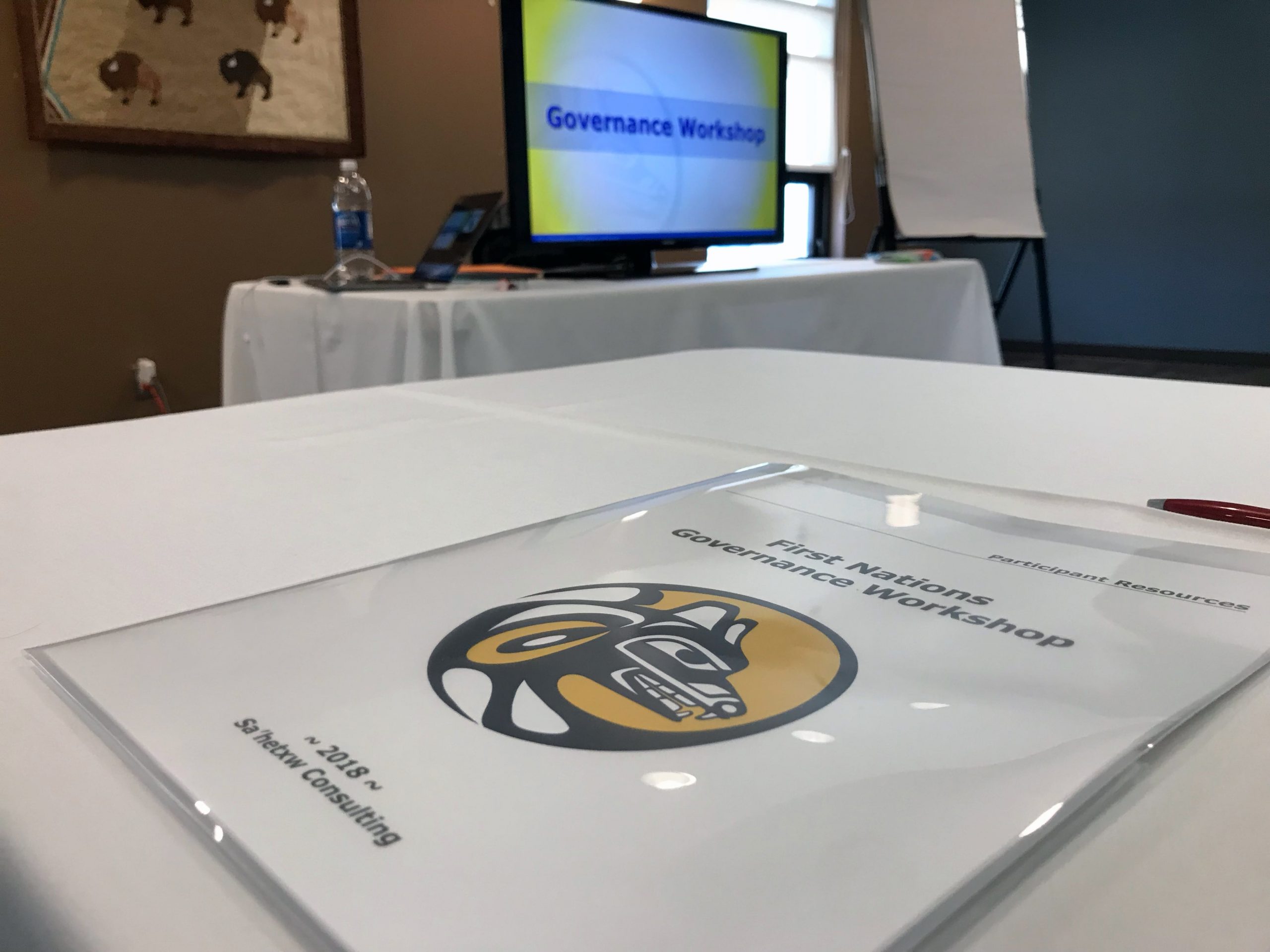Bullying and harassment arerepeated incidents or patterns of actions intended to humiliate, degrade, or intimidate an individual or group. It takes many forms and has many potential negative outcomes. Consequently, organizations need to proactively and actively address it.
Promote Respect in the Workplace
Organizations should always encourage respectful and professional behaviour in the workplace. A zero-tolerance policy for inappropriate behaviours demonstrates the organization respects and values the people that choose to work with them.
All complaints should receive serious, confidential, prompt attention, whether an individual files a formal complaint, or not.
The Importance for Organizations
Bullying and harassment has many far-reaching negative effects on organizations including:
- Increased absenteeism, turnover, and accidents/incidents
- Increased recruitment and legal costs
- Decreased productivity, motivation, and morale
- Damaged organizational image
- Reduced customer confidence and service
The Importance for Employees
Bullying and harassment also negatively affects the well-being and health of workers as well as job tenure, job stability and job satisfaction and their life away from work (1). Known potential effects include:
- Shock, anger, frustration, helplessness, and vulnerability
- Inability to concentrate; reduced productivity
- Low morale and loss of confidence in the organization, themselves, and others
- Physical symptoms including insomnia, appetite loss, depression, headaches, digestive issues, high blood pressure, anxiety, and panic attacks
- Increased stress and tension between family, management, and coworkers
What Constitutes Bullying & Harassment
- Spreading malicious rumours, gossip, or innuendo
- Socially excluding or isolating an individual
- Pestering, stalking, or spying on an individual
- Intimidating, abusing, criticizing, belittling, or threatening an individual; verbally, physically, or in writing
- Undermining or deliberately impeding an individual’s work
- Assigning unreasonable duties, deadlines, or workloads
- Changing work guidelines and responsibilities without cause Making ‘obviously offensive’ jokes, orally or in writing
- Doling out unwarranted punishment
- Blocking employee opportunities for training, leave or promotion
Employer Legal Responsibilities
Almost all jurisdictions include harassment legislation governing the workplace. Additionally, federal and provincial human right laws may protect individuals if harassment relates to race, ethnicity, age, sex or sexual orientation, and more.
When no legislation exists, employers are held responsible under the general duty clause of Canada’s Labour Code which states, “Every employer shall ensure that the health and safety at work of every person employed by the employer is protected.” This includes risk from physical and mental harm.
Bullying & Harassment Policy
Every organization needs a bullying and harassment workplace policy. Policy development should involve management and employee representatives.
The policy should include clear examples and describe the confidential reporting process for violations and the appointed representative to handle complaints.
The policy must define what the organization considers harassment and bullying in precise language and demonstrate how it is committed to prevention.
Employer Procedures
Employers must implement procedures to ensure a reasonable and full response to reports or incidents of bullying and harassment and to prevent or minimize reoccurrence (3).
Procedures should include how to report an incident, and how and when the organization will conduct investigations, including what evidence and information is permitted. The organization should also outline record-keeping requirements.
Organizational procedures should also outline the roles and responsibilities of employers, supervisors, workers, investigators, witnesses, and union representatives, when applicable.
The organization should also describe what the worker can expect after the investigation, including time frame, corrective actions, and how they will deal with an individual’s adverse symptoms, if the occur.
Once finalized, the organization needs to familiarize all parties with their policy and procedures around workplace bullying and harassment.
This includes management, employees, clients, and independent contractors.
Employee Responsibilities
Workers who experience or witness bullying or harassment in the workplace must report it to the employer. Ideally, they should keep a detailed factual journal of events, including date, time, witnesses, and actions. Workers are expected to cooperate with investigators.
If the employer does not take reasonable steps, the employee may pursue other avenues available. These may include the Ministry of Labour, the Human Rights Commission, labour standards organizations, and/or legal counsel.
Works Cited
- Harassment in Canadian Workplaces. December 17, 2018. Retrieved from https://www150.statcan.gc.ca/n1/pub/75-006-x/2018001/article/54982-eng.htm#a8
- Bullying in the Workplace. December 1, 2016. Retrieved from https://www.ccohs.ca/oshanswers/psychosocial/bullying.html
- Employer Fact Sheet – Workplace Bullying and Harassment. October, 2013. Retrieved from https://www.worksafebc.com/en/resources/health-safety/information-sheets/employer-fact-sheet-workplace-bullying-and-harassment?lang=en












